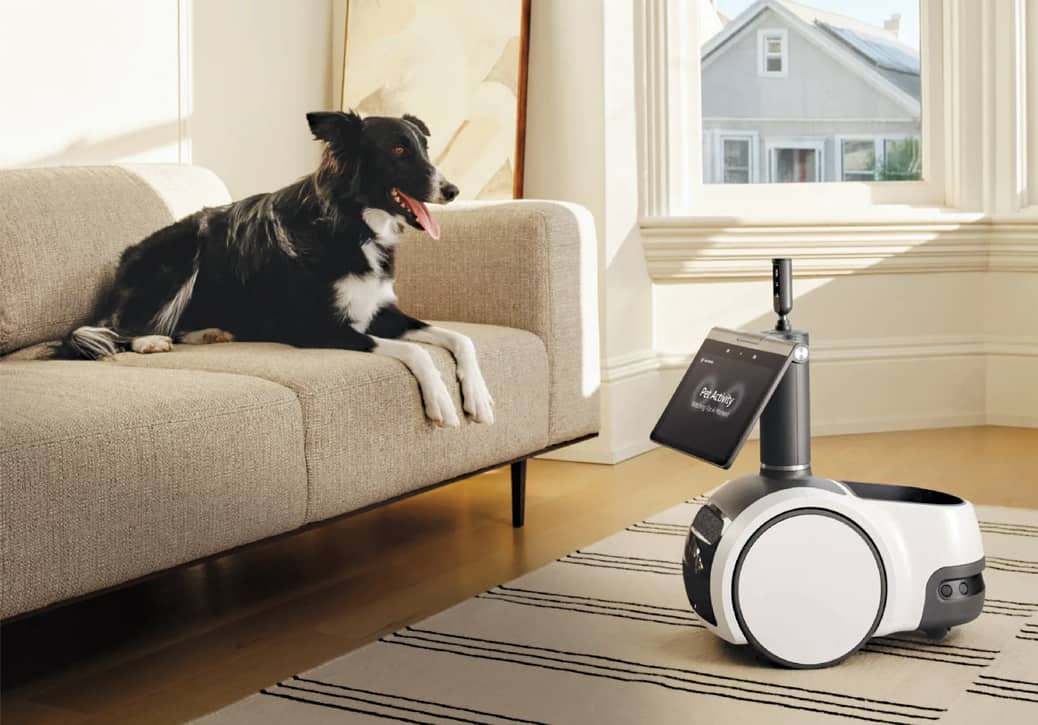Five things to look for in a new television
By Marc Saltzman
It’s been 89 years since Idaho farm boy Philo T. Farnsworth successfully demonstrated the first “moving pictures” transmission. Little did the humble inventor of television know we’d still be staring at the fruits of his labour well into the 21st century although today’s models bear little resemblance to the three-inch, flickering, black-and-white box that first appeared in 1928.
Today’s televisions are huge, thin, smart and, most importantly, deliver an ultra-high-resolution picture that’s incredibly life-like. If you’re in the market for a new television, here are five trends to consider.
4K ultra high definition
Your next television will be a whole lot sharper. Referred to as “4K” television, these ultra-high-definition boxes offer four times the resolution of an 1080p HDTV. In other words, instead of a screen that has roughly two million pixels the little dots that make up the image these televisions boast more than eight million pixels.
4K televisions present images that are so true-to-life it’s like slipping on a pair of prescription glasses for the first time. Speaking of glasses, there’s also a greater sense of depth, so it’s as close to three dimensions you can get without requiring silly 3D specs.
HDR and Dolby Vision
While 4K refers to the resolution of the television how many pixels make up the picture this isn’t the whole story. The latest televisions also offer HDR, or “high dynamic range,” which reproduces a wider range of brightness levels, higher contrast ratio (the measurement of the difference in brightness between the whitest whites and the darkest blacks) and richer colours. When seen side by side with non- HDR content, HDR-enhanced video is incredibly bright and has vibrant colours, especially yellows and oranges. Dolby Vision is another form of HDR, which also helps deliver a phenomenal picture.
OLED and quantum dot
Instead of an LED (light-emitting diode)-backlit LCD television often the panel of choice today some televisions use OLED (organic LED; pronounced “oh-led”) screens for a superior image and other benefits.
Made by LG and more recently Sony, televisions packed with OLEDs are incredibly thin because each pixel is its own light source, meaning that backlighting isn’t required. Along with sharp colour and unprecedented contrast ratios (with super-dark blacks), these televisions are more energy efficient and offer faster refresh rates (for smoother motion) and wider viewing angles than other panel types.
Another major player, Samsung, has a few televisions powered by “quantum dot” technology. Quantum dot screens can nearly match the “infinite” contrast ratio of OLED. Quantum dots are teeny nano-crystals microscopic dots about a fraction of the width of a human hair. Also branded as QLEDs for Samsung’s latest models, quantum dot televisions also deliver a wider and more vibrant colour palette especially reds, greens and cyans to rival the quality of pricier OLED-based displays.
Smart TVs
Most new televisions today—even entry-level $199 models—allow you to connect to the internet via Wi-Fi. Smart televisions allow you to access online content, be it for video streaming (e.g., Netflix, YouTube), social networking platforms (e.g., Facebook, Twitter) or photo galleries, music services, on-demand news and sports scores, and so on. Many Smart televisions give you a full web browser, too, so you can use a search engine and visit and bookmark websites. Some let you play interactive games.
Curved TVs and projectors
Some manufacturers, including Samsung and LG, offer curved televisions that slightly bend towards the user, just like the screen at your local movie theatre. To many viewers, these concave screens offer a more cinematic view of the action. It’s all in the eye of the beholder, of course, but it’s hard to deny these curved televisions are attractive— even when turned off.
Unlike the first generation of curved televisions, where the viewer was advised to sit in the centre for the best seat in the room (the “sweet spot”), the latest curved screens deliver a consistent, sharp picture and good sense of depth from virtually any angle.
Finally, many prefer a 4K projector, as opposed to a television, for a more cinematic experience. But remember, you’ll need a dark environment in which to enjoy your movies, sports, television shows or video games.
Optimizing your home theatre
You’re blown away by the image quality of the televisions on sale at your favourite electronics retailer, but when you take one home it somehow doesn’t look (or sound) as good as the in-store experience. Don’t fret. It’s not you or your new screen.
Your new flat-panel (or perhaps curved) television just needs a bit of tweaking to get the most out of it. Here are a few simple tips to help you optimize the picture and sound of your new investment.
Beginner tips
While it might seem obvious, make sure your main television source (e.g., your cable or satellite box) is the best your provider has to offer. If it’s a couple of years old, make sure it’s at least an HD receiver, but a 4K box is even better. You’d be surprised how many people haven’t updated their rented or purchased box in many years. Considering using an HDMI cable to handle your audio and video.
If you prefer to get your content online, such as on Netflix, make sure you have a fast internet connection for smooth streaming. Go with unlimited data, if it’s offered by your provider.
The downside to the thinness of new televisions? Poor audio. Be sure to invest in a multi-channel audio-video (AV) receiver and multiple speakers to site around the room (for surround sound). If this isn’t an option then go for a good horizontal sound bar, which can be placed just below or above the television.
Quick trick
While not every AV enthusiast will agree, a trick to vastly improve the picture quality of your television is to turn up the contrast almost to full and reduce the brightness down to below half. This little-known trick makes blacks blacker and colours richer.
Another approach—especially if you watch a lot of television during the day and you have a lot of ambient light through your windows—is to pump up the brightness on your television a great deal. New televisions are sometimes set to deliver high brightness by default, which is how the big-box stores tend to have them, but you can easily tweak this in the settings.
Where to sit
As for how far back to sit from your television, it boils down to personal preference—but a general rule of thumb is 1.5 to two times the diagonal screen size.
With a 50-inch television, for example, you should sit between six and eight feet from the screen. But the high-pixel density of the newer 4K Ultra HD televisions means you can sit up to 30 per cent closer than you can with an HDTV.
If you still haven’t bought the television you want to set up in your home, consider measuring your wall space or place painter’s tape on the wall to envision the area of your new screen. This will help to ensure you buy the right size.
Calibration counts
While you could hire someone to calibrate your home theatre’s picture and sound, you might not know many Lucasfilm, Pixar and Disney discs have a bundled calibration tool called THX Optimizer for you to do it yourself. This can be found in the “special features” or “set up” area of the disc. There’s an app, too, but it’s not as easy to use as the disc.
Simply use your DVD or Blu-ray remote to follow the wizard to calibrate your home theatre’s video and audio settings (via your AV receiver). The test will take you through contrast, brightness, colour, tint, aspect ratio (4:3 and 16:9), speaker assignment, speaker phase and subwoofer crossover.
Disabling the “soap opera effect”
One more thing you might want to change is often referred to as the “soap opera effect.” While a high-definition or 4K picture certainly looks sharp, you might see something a bit odd about the image. You can’t quite put your finger on it, but that television show or blockbuster movie you’re watching almost looks like it was shot with a cheap camcorder instead of a high-end video camera. You’re certain The Walking Dead wasn’t filmed on the same set as The Young and the Restless, although that appears to be the case.
The real name for the “soap opera effect” is “motion smoothing” or “motion interpolation,” which is designed to decrease motion blur and make movements seem smooth and lifelike. Your new television might see low frame-rate source material and try to fill in the gaps between frames with additional ones generated by the television itself, to help smooth-out fast motion.
If you’re not a fan, enter the settings menu on your television to turn off the feature or adjust its intensity.
Marc Saltzman is a recognized expert in computers, consumer electronics, video gaming and internet trends. You can see him on CNN, CTV’s Canada AM, and on Cineplex movie theatre screens across Canada. Follow him on Twitter @marc_saltzman.












